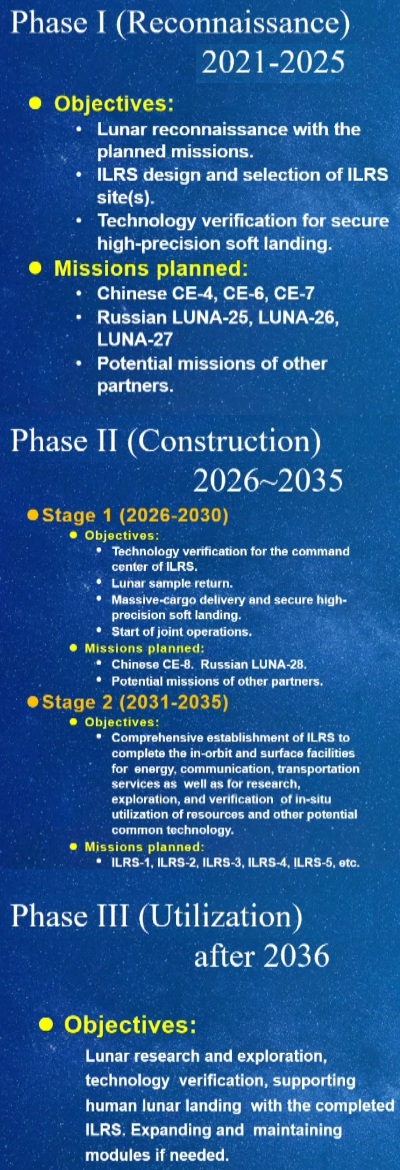China and Russia each successfully complete launches
Both China and Russia successfully completed launches in the past few hours.
First, shortly before midnight today (local time) Russia used its smaller version of its new Angara rocket to place a military satellite into orbit, launching this version of the rocket for the second time.
Next, using its solid rocket Long March 11, China on April 30th (local time) successfully launched five smallsats from an ocean platform in the East China Sea. This was the third launch from sea by the Long March 11.
The leaders in the 2022 launch race:
17 SpaceX
13 China
6 Russia
2 ULA
2 Rocket Lab
The U.S. still leads China 24 to 13 in the national rankings. The U.S. also still leads all other nations and companies combined, 24 to 22.
Both China and Russia successfully completed launches in the past few hours.
First, shortly before midnight today (local time) Russia used its smaller version of its new Angara rocket to place a military satellite into orbit, launching this version of the rocket for the second time.
Next, using its solid rocket Long March 11, China on April 30th (local time) successfully launched five smallsats from an ocean platform in the East China Sea. This was the third launch from sea by the Long March 11.
The leaders in the 2022 launch race:
17 SpaceX
13 China
6 Russia
2 ULA
2 Rocket Lab
The U.S. still leads China 24 to 13 in the national rankings. The U.S. also still leads all other nations and companies combined, 24 to 22.




